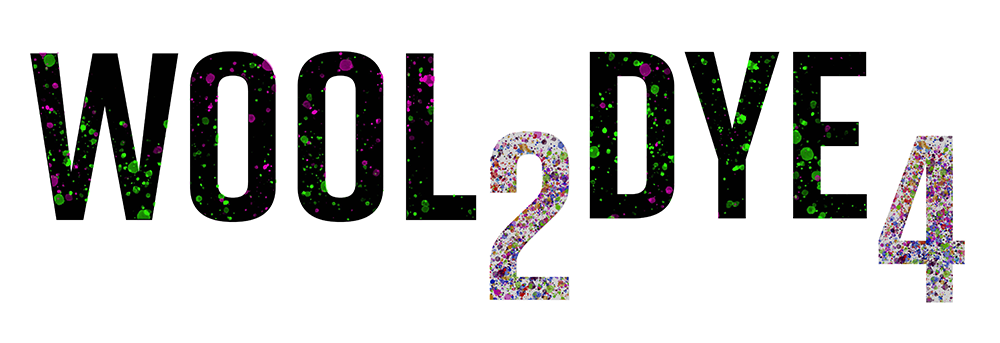- Aug 7, 2024 Indigo dye on cellulose fibres. Dyeing with homegrown indigo on cellulose yarns
- Jul 31, 2024 New Study confirms that wool superwash and non superwash bio degrade in marine environments New Study confirms that wool superwash and non superwash bio degrade in marine environments
- Dec 3, 2021 Welcome to the new website Welcome to the new website
- News
- Indigo dye on cellulose fibres.
Indigo dye on cellulose fibres.
This yarn I (Jen) decided to grow all my own natural dyes, I grow vegetables so why not my own dyes too! So far, its going well, with a large bed of indigo) Persicaria Ticntoria, dyers Chamomile, Woad, Sulphr cosmos, madder, Murasaki and weld pretty much everything has grow, apart from the cosmos, not too sure why.

I've started drying my plants for dyeing later, but I wanted to make some sukumo which is composted indigo, a traditional Japanese method. There isn't alot of info on it, but I am a confident fermenter and composter, so thought I'd have a go with some fresh leaves.
Cue the first harvest:
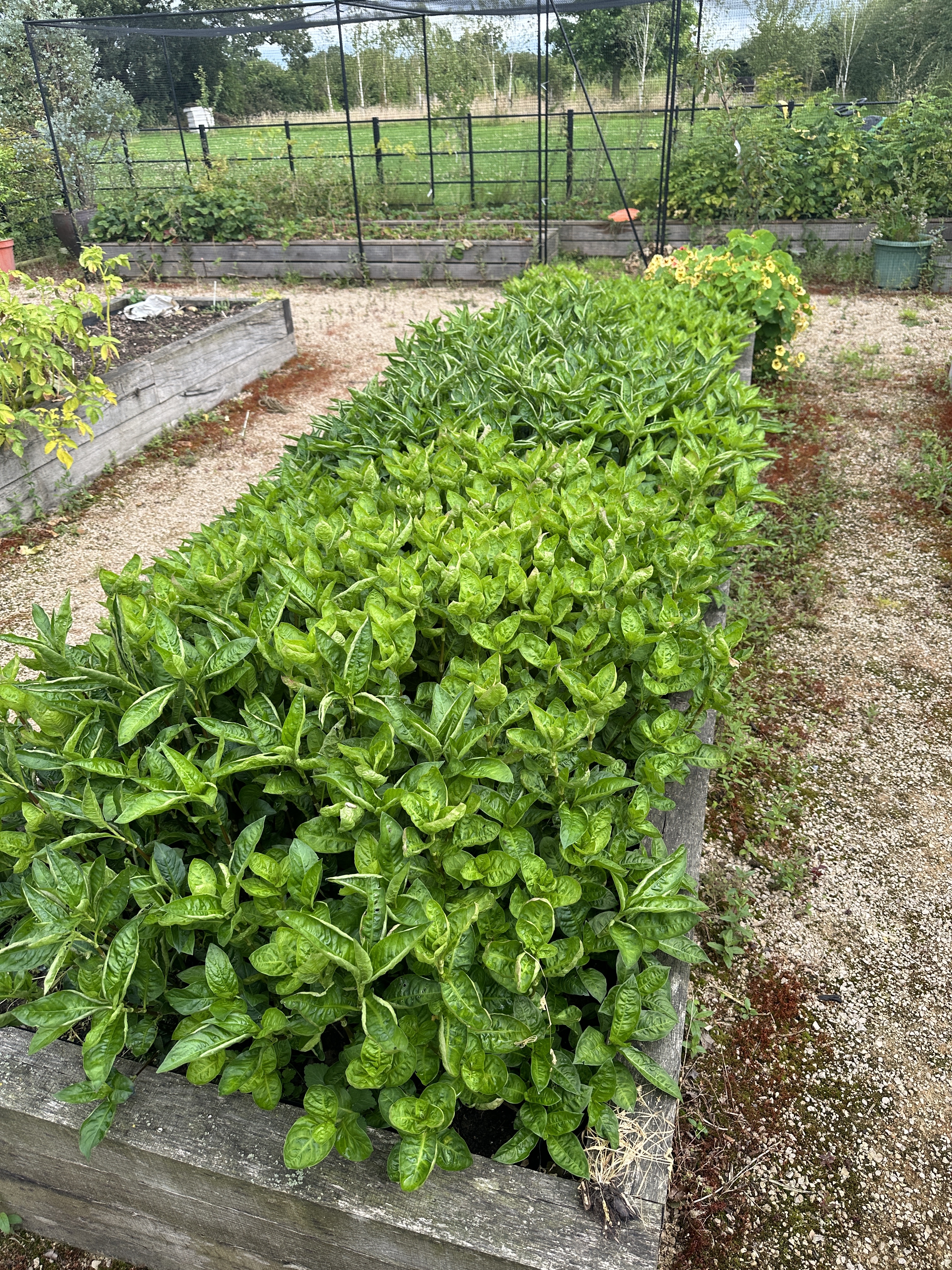
Its not a huge bed, but it should suffice for plenty of experiments. next year I have plants to upscale.
I harvested about 1/4 and popped in on a sheet in the greenhouse to wilt and removed all the stems which took about an hour.
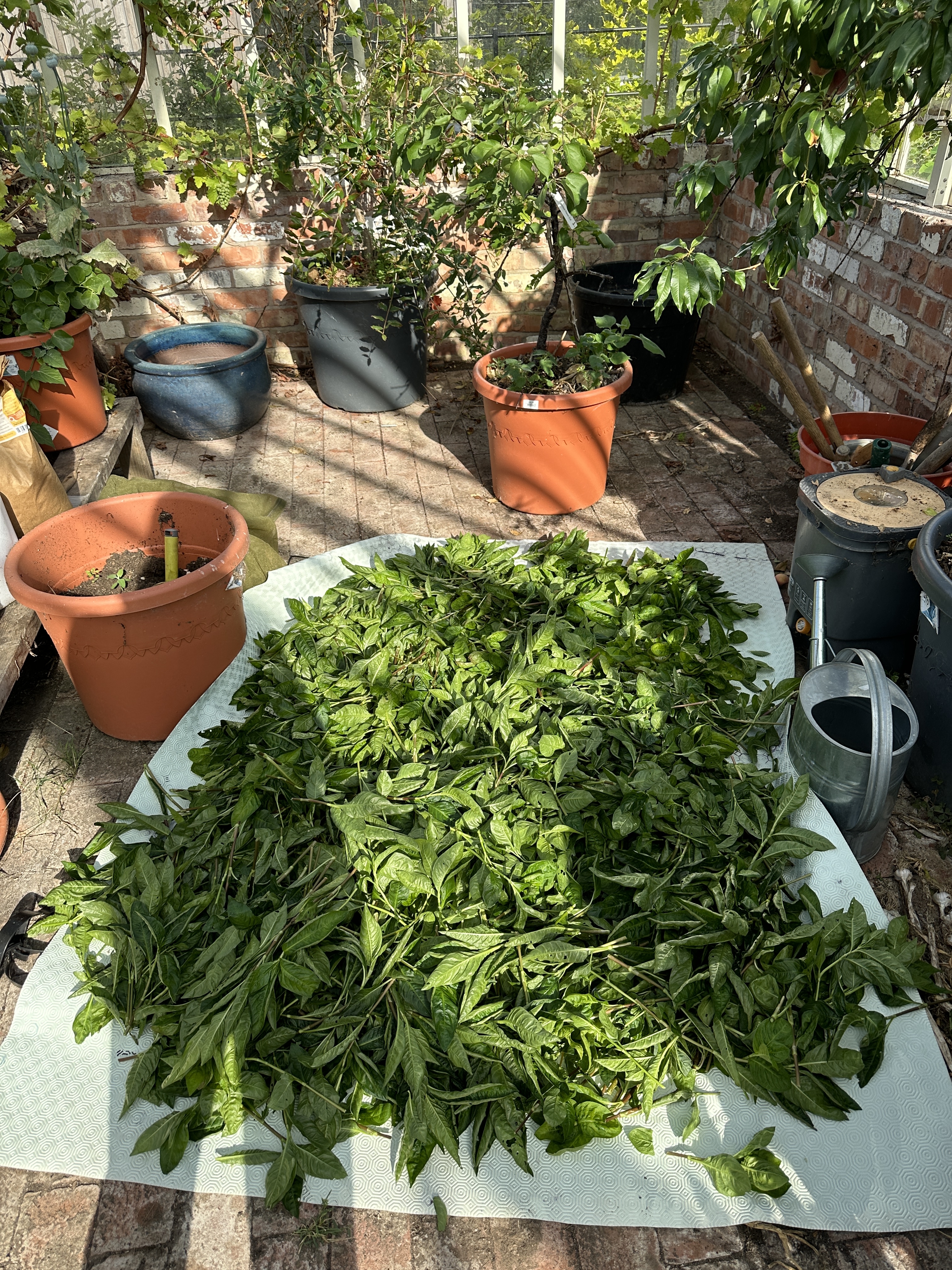
Next I popped the leaves into a stock pot with a thermometer and cue a week of composting, at the hightest temps it got up to 122F then dropped and stabalised. It turned into a thick black sludge which if anyone else wants to attempt this, smells. If you are familiar with composting garden teas you will know what I mean!

However, once the leaves were nearly indistinguishable and the temps dropped and stabalised, I blended it into a paste, and got a vat started.
I used Calx and honey for a speedy reduction to make sure it worked and in about 3 hours I was able to start dyeing:
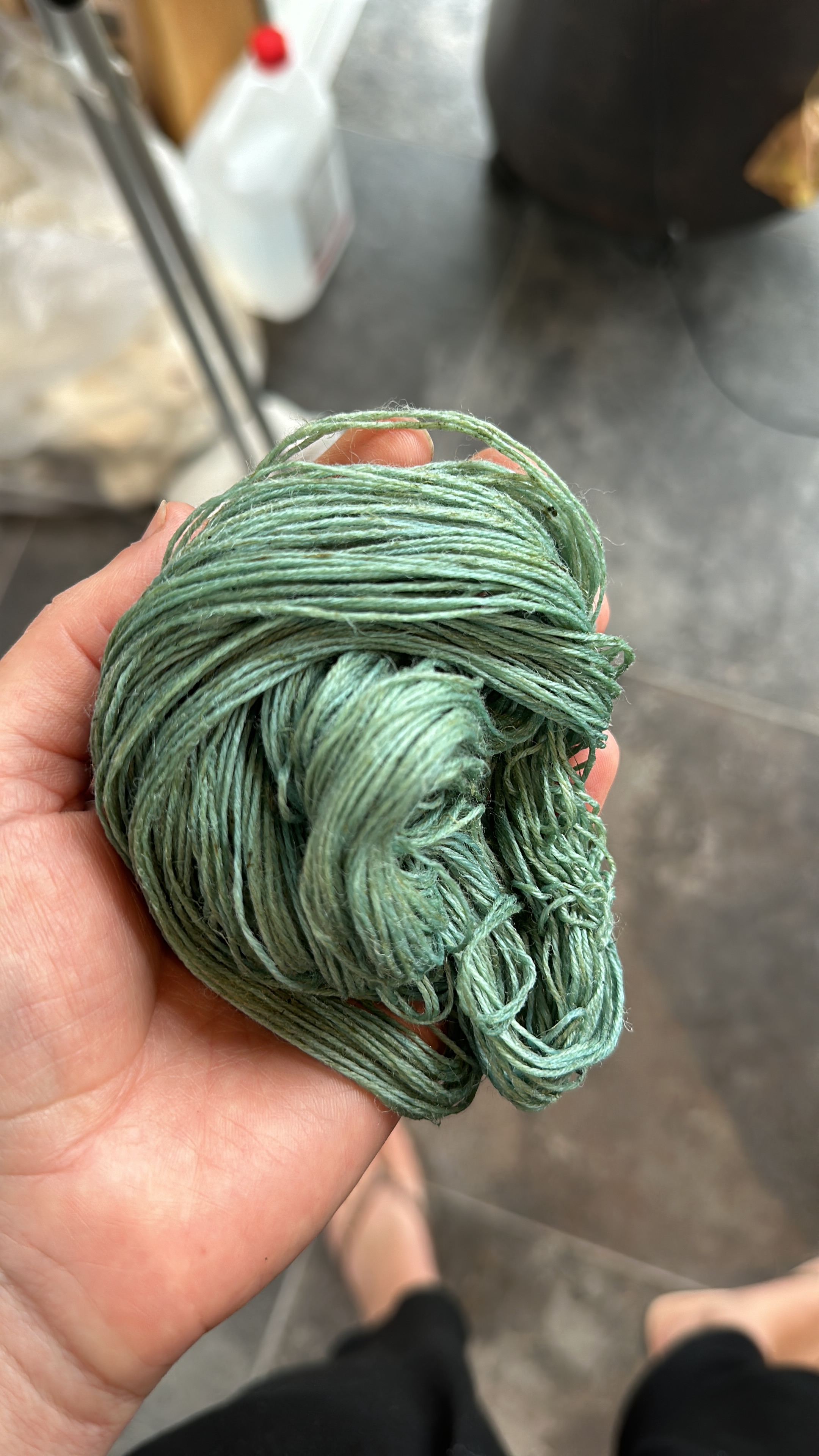
This is the Vegan Blend No 1 which takes the dye so beautifully.
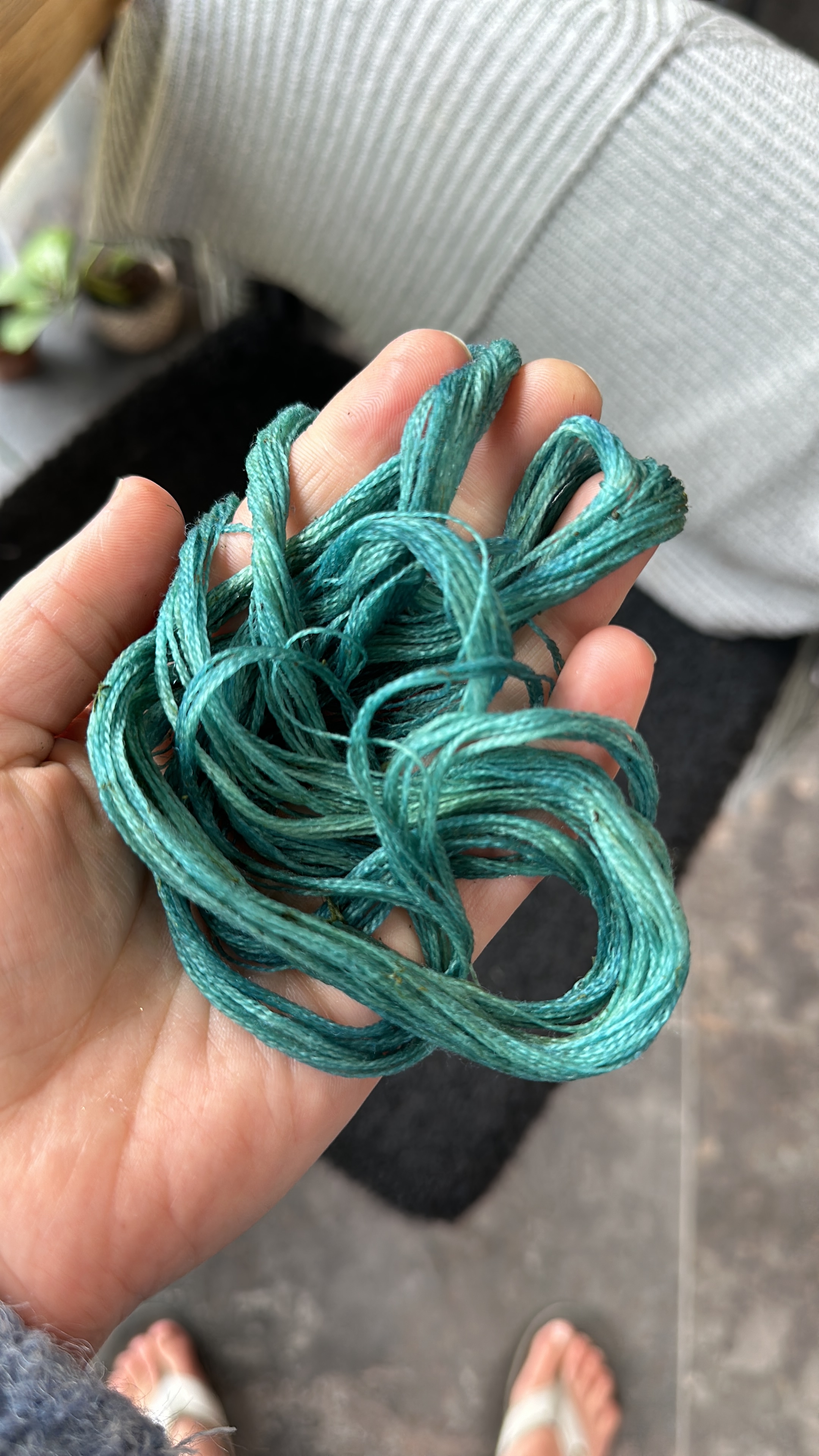
These were the Cupro Embroidery threads, these are so nice to work with to test dye things, perfect for sample vats and take the dye so well!.



